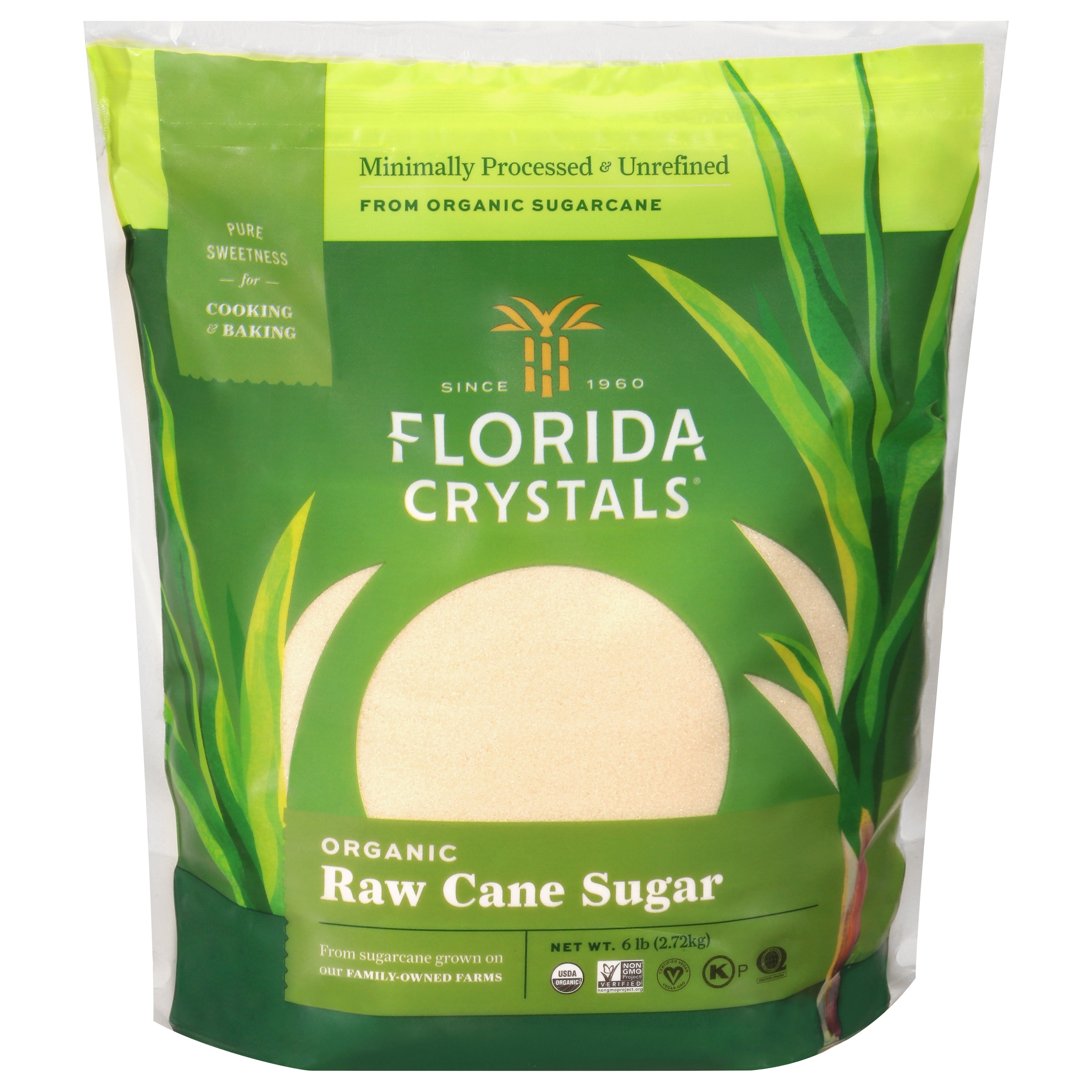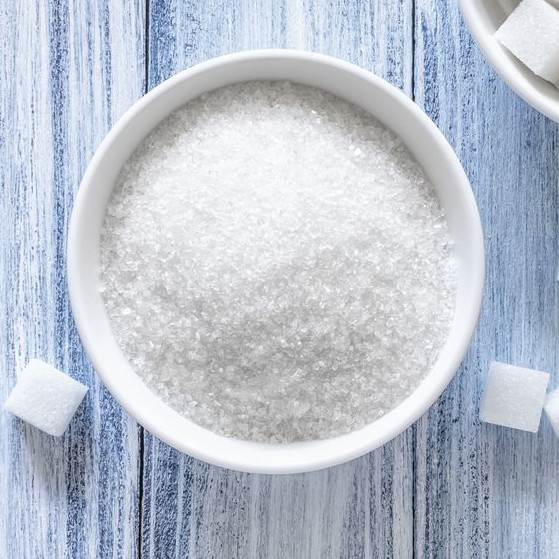An In-Depth Guide to the Environmental Impact and Sustainability Practices in Walking Stick Sugar Handling
The environmental impact of walking cane sugar handling offers a complicated selection of difficulties that warrant mindful examination. From dirt destruction and extreme water use to the carbon footprint connected with farming and production, the repercussions of conventional practices are significant. What details techniques can be carried out to strike an equilibrium between performance and ecological stewardship?
Review of Cane Sugar Processing
Walking stick sugar processing involves a series of methodical actions that change sugarcane into polished sugar. Originally, harvested sugarcane is transferred to processing facilities, where it undertakes cleansing to eliminate dirt and debris. Following this, the walking stick is squashed to draw out juice, which is then clarified by eliminating pollutants via heating and the addition of lime.
The clarified juice undergoes dissipation, where water is eliminated to focus the sugar web content. This concentrated syrup is after that taken shape with cooling, enabling sugar crystals to form. These crystals are separated from the staying syrup using centrifugation, leading to raw sugar. To achieve polished sugar, the raw product goes through additional filtration processes, which might include washing and filtering system to get rid of continuing to be pollutants and shade.
The end product is after that dried out and packaged for circulation. Throughout this whole process, maintaining effectiveness and quality assurance is vital to make certain the sugar fulfills market standards. Each action in walking stick sugar processing not just contributes to the end product but likewise has implications for resource usage and waste generation, establishing the stage for conversations on sustainability and ecological influences associated with sugar production.
Ecological Challenges of Production
The production of walking stick sugar provides several considerable environmental difficulties that warrant focus. One primary worry is the substantial use agrochemicals, consisting of plant foods and chemicals, which can cause dirt degradation, biodiversity loss, and contamination of local water sources. The drainage from sugarcane fields commonly carries these chemicals into close-by ecosystems, interfering with marine life and impacting the health of neighborhoods reliant on these water bodies.
Another obstacle is the high power consumption connected with sugarcane handling. The boiling and refining stages require significant warmth, mainly created by shedding fossil fuels, contributing to greenhouse gas emissions. Additionally, the large land location required for sugarcane cultivation can lead to logging and habitat damage, further intensifying environment adjustment and harmful wildlife.
Moreover, the labor methods in some areas elevate ethical worries, as workers may face poor working conditions and poor incomes. This scenario usually perpetuates a cycle of hardship in neighborhood areas. Cane Sugar Processing. Addressing these environmental difficulties is vital for establishing a lot more lasting practices in walking cane sugar production, inevitably benefiting both the atmosphere and the communities included in this industry
Water and Land Usage Effect
Water resources and land utilization are important elements in the walking cane sugar sector that substantially impact the environment. The farming of sugarcane calls for substantial water input, with price quotes recommending that it can take in as much as 2,000 litres of water per kilogram of sugar produced. This extensive use water frequently leads to depletion of local water resources, influencing not only the sugarcane plantations yet also surrounding ecosystems and communities that rely upon the exact same water sources for farming and domestic usage.

Additionally, land usage for sugarcane growing can bring about deforestation and the conversion of all-natural habitats into monoculture haciendas. This method reduces biodiversity, interrupts local environments, and adds to dirt destruction. The development of sugarcane fields often elbows in on important agricultural land, producing competition for resources in between read this article food and biofuel production.
Sustainable practices, such as maximizing irrigation methods and applying crop turning, are important to minimize these effects. By taking on more reliable water usage and land management strategies, the walking stick sugar industry can reduce its eco-friendly footprint, making certain a balance between agricultural efficiency and ecological conservation.
Greenhouse Gas Emissions
Greenhouse gas emissions represent a considerable environmental worry within the walking cane sugar handling industry, particularly as farming practices broaden to fulfill worldwide demand. The cultivation of sugarcane, a crop that flourishes in tropical climates, depends greatly on artificial plant foods and pesticides, which add to laughing gas discharges. Furthermore, land-use adjustments, consisting of deforestation for new sugarcane vineyards, launch carbon dioxide kept in greenery and dirt.
During handling, power intake is one more significant source of greenhouse gas exhausts - Cane Sugar Processing. Several sugar mills make use of nonrenewable fuel sources to power equipment and create warmth, causing considerable carbon impacts. In addition, the transportation of raw sugarcane and completed products includes layers of discharges via gas combustion in automobiles
This includes reviewing present agricultural practices, processing techniques, and transport systems to determine areas for enhancement and reduction. Attending to greenhouse gas emissions is important for cultivating a much more lasting walking stick sugar industry in a changing environment.

Sustainable Practices and Innovations
Sustainable practices and technologies are increasingly essential in the index cane sugar processing market as stakeholders seek to minimize environmental influences while maintaining efficiency. One substantial advancement is the execution of incorporated crop administration, which optimizes resource use by integrating dirt administration, parasite control, and plant turning methods. This approach improves return while reducing chemical inputs and preserving dirt wellness.
Moreover, the fostering of sustainable energy sources, such as biomass from sugarcane residues, has actually gotten grip - Cane Sugar Processing. By transforming waste items into power, processing facilities can reduce their dependence on nonrenewable fuel sources, thereby reducing greenhouse gas exhausts
Water monitoring methods have additionally seen enhancements with the recycling and reusing of water in processing plants, considerably decreasing freshwater intake. Innovations in innovation, such as precision farming, allow farmers to monitor plant health and resource use better, ensuring sustainable cultivation methods.
Moreover, accreditation programs like Fair Trade and Jungle Partnership motivate eco responsible farming methods and advertise social equity within the supply chain. By accepting these lasting practices and innovations, the walking cane sugar processing market can enhance its durability and contribute positively to ecological stewardship.
Final Thought
The ecological influence of cane sugar processing provides considerable challenges, consisting of dirt deterioration, high water intake, and go to this website greenhouse gas emissions, alongside ethical worries associated with labor practices. Attending to these concerns through sustainable practices, such as incorporated plant management, renewable resource fostering, and water recycling, is essential. By promoting environmentally responsible and socially equitable methods in sugar manufacturing, the sector can reduce its damaging results, guaranteeing a much more sustainable future for both neighborhoods and environments associated with this industry.
Walking stick sugar processing entails a collection of systematic steps that transform sugarcane into polished sugar. Each action in walking stick sugar processing not just adds to the last product yet additionally has effects for source use and waste generation, setting the stage for discussions on sustainability and environmental impacts associated with sugar production.
Greenhouse gas emissions represent a considerable environmental problem within the walking cane sugar handling sector, particularly as farming techniques broaden to satisfy worldwide demand.Lasting methods and advancements are progressively crucial in the walking cane sugar processing industry as stakeholders look for to minimize environmental influences while preserving efficiency.The ecological influence of walking stick sugar processing offers significant obstacles, consisting of soil deterioration, high water consumption, and greenhouse gas exhausts, along with moral issues connected to labor practices.